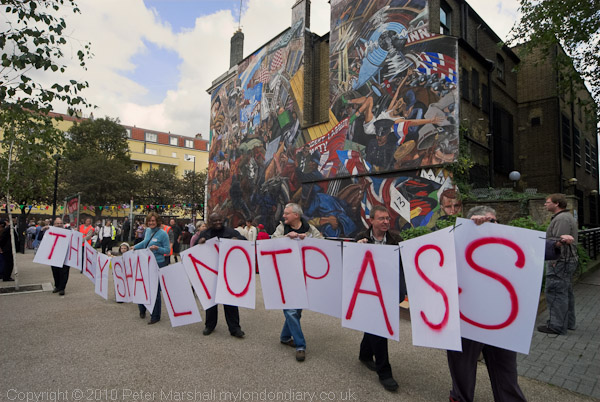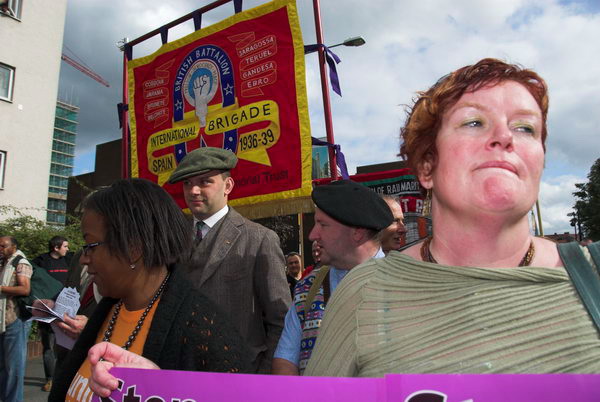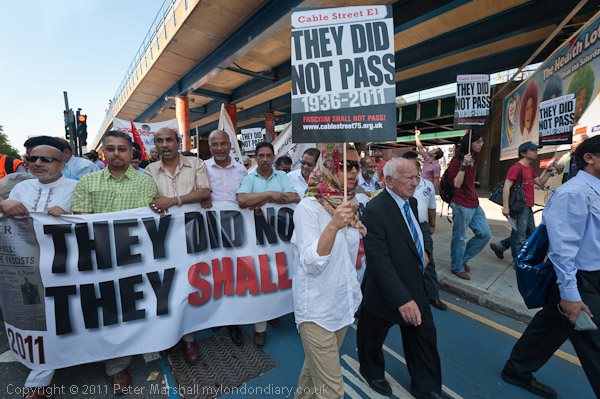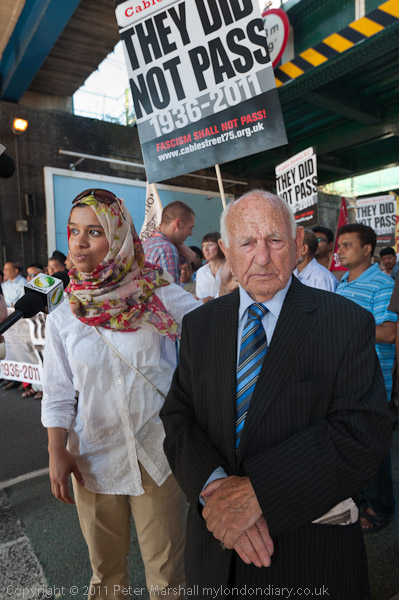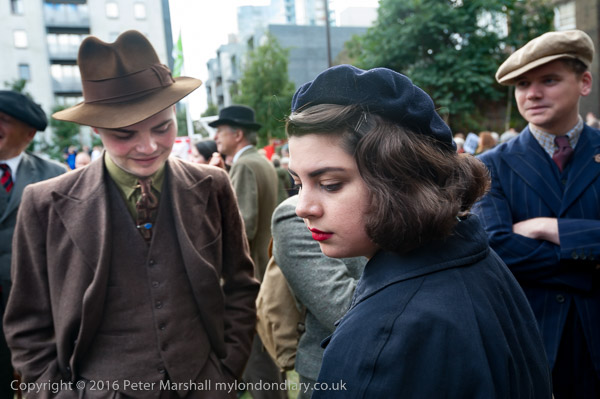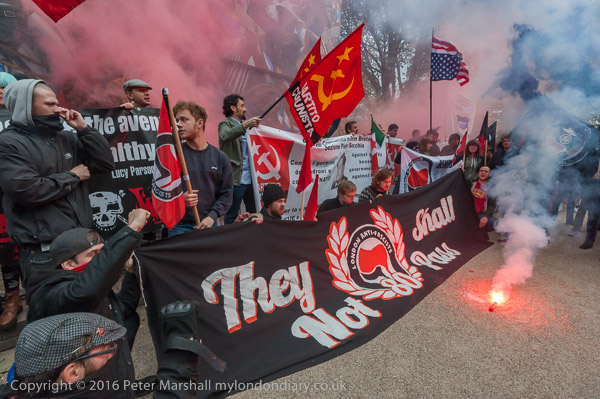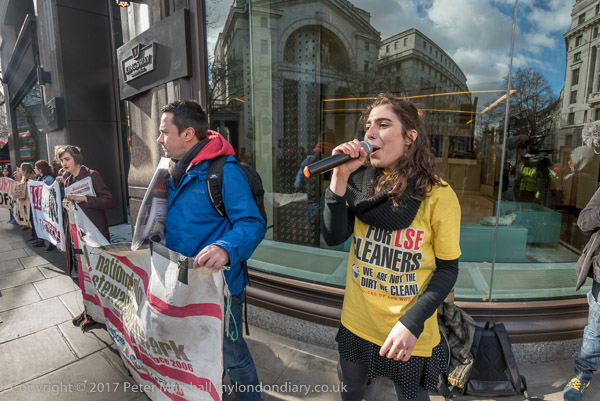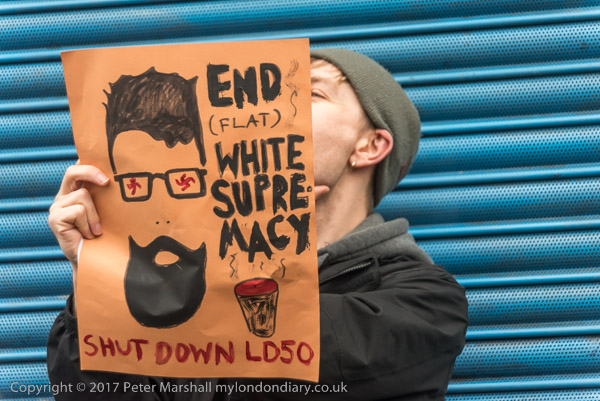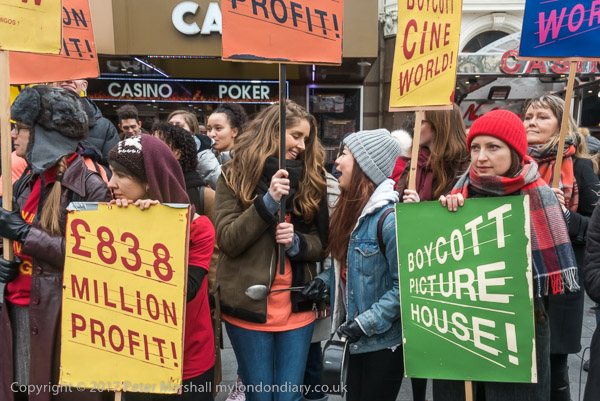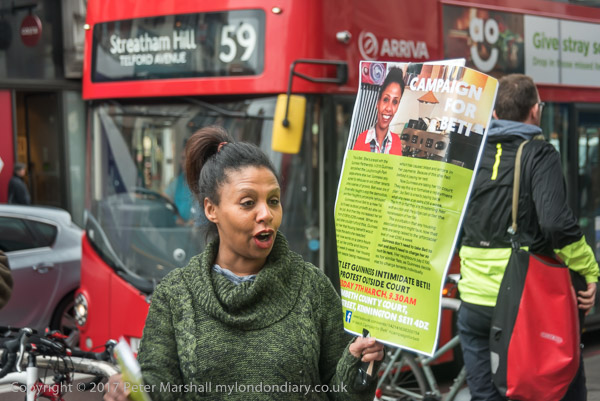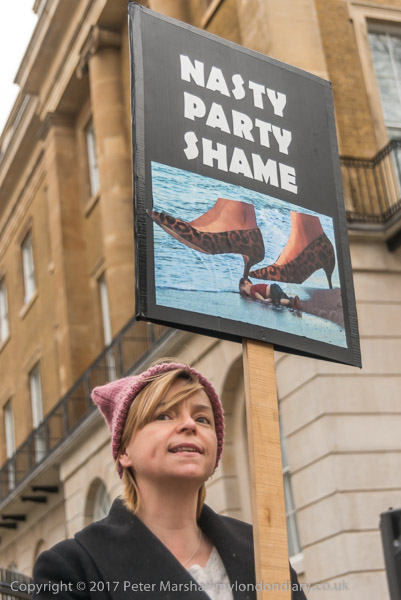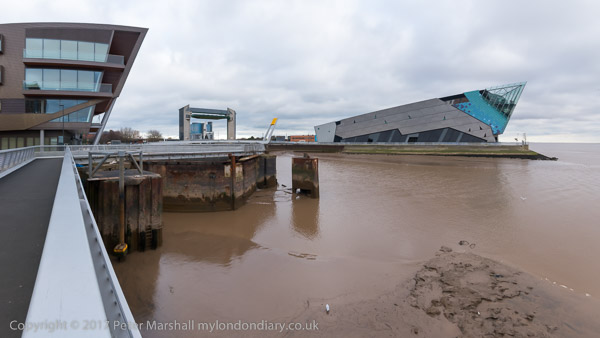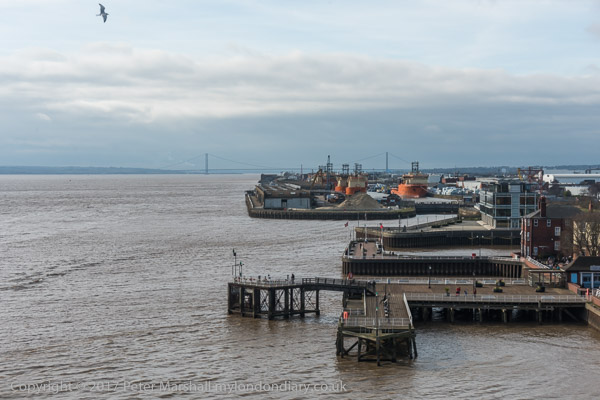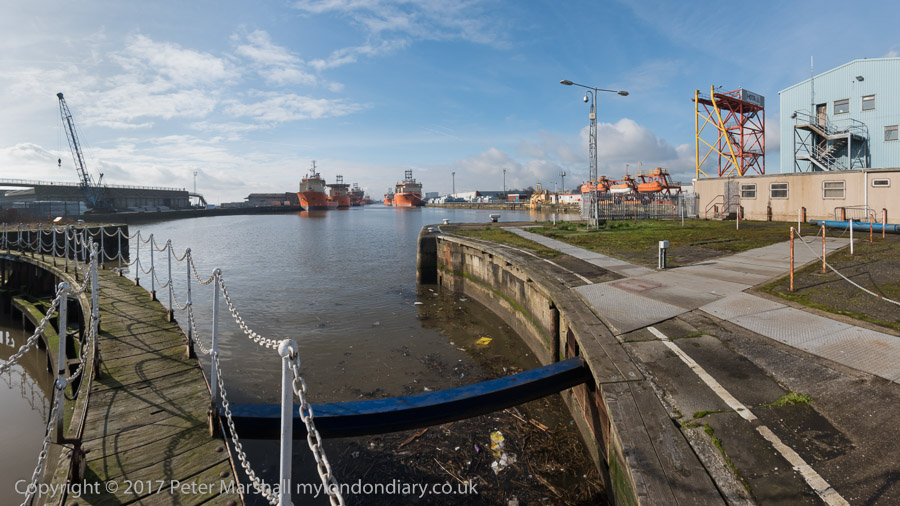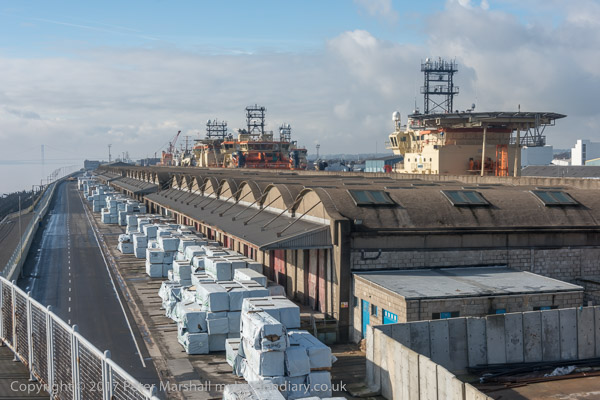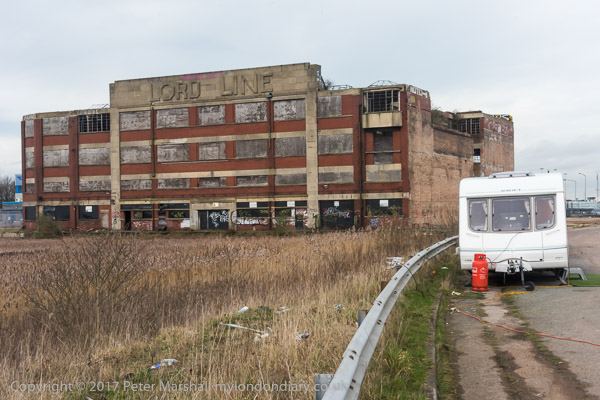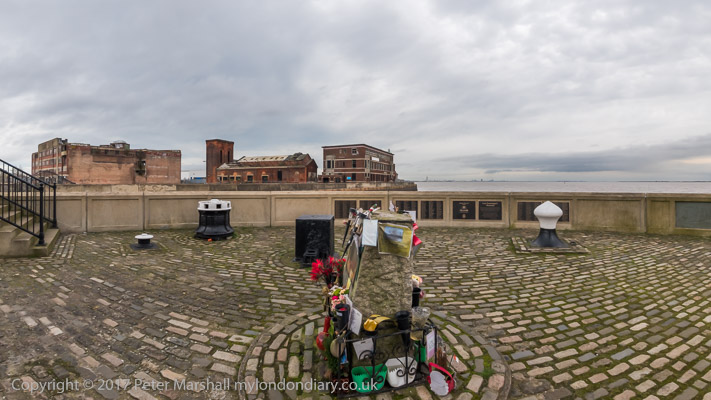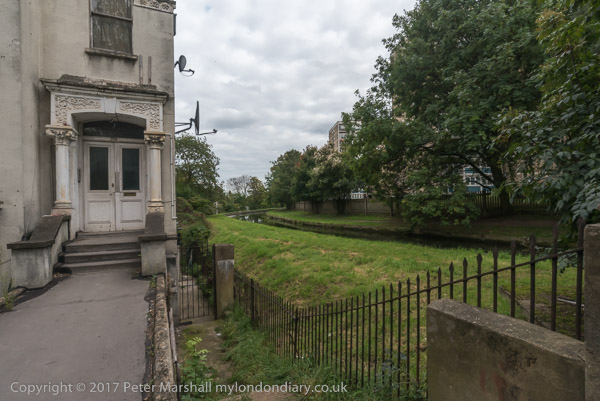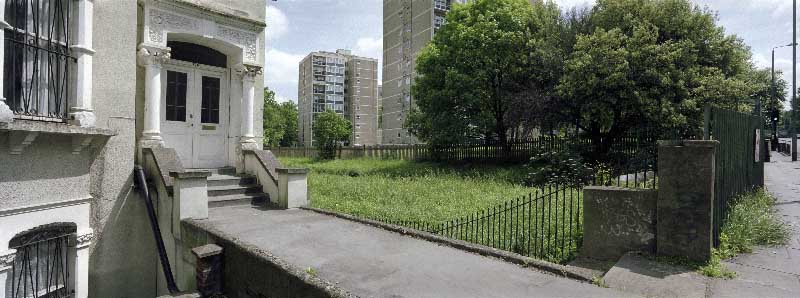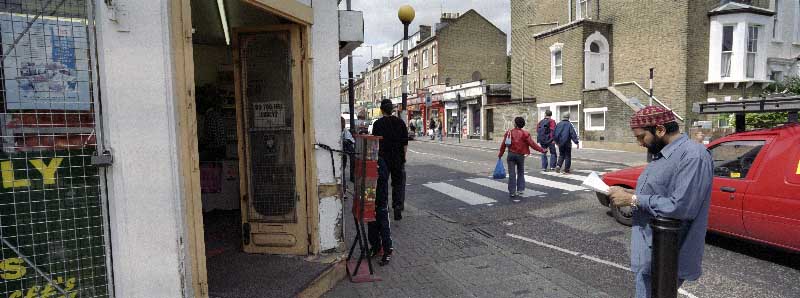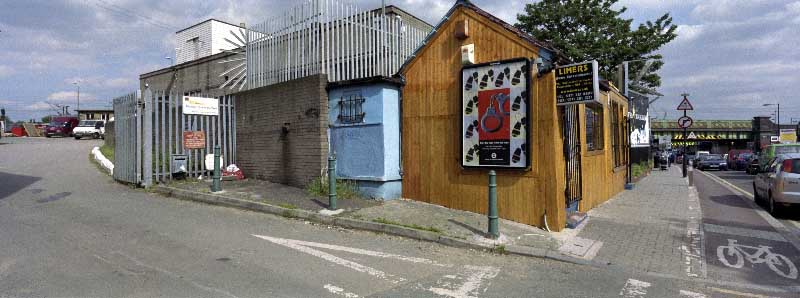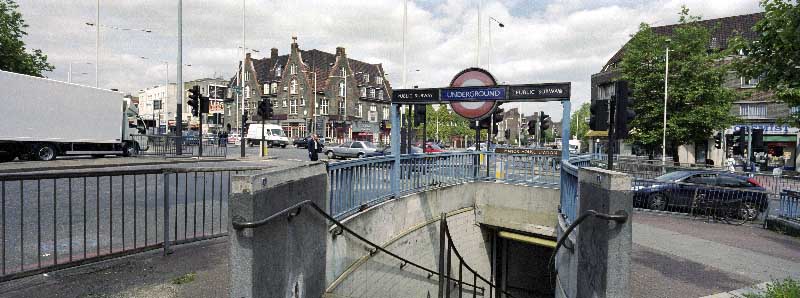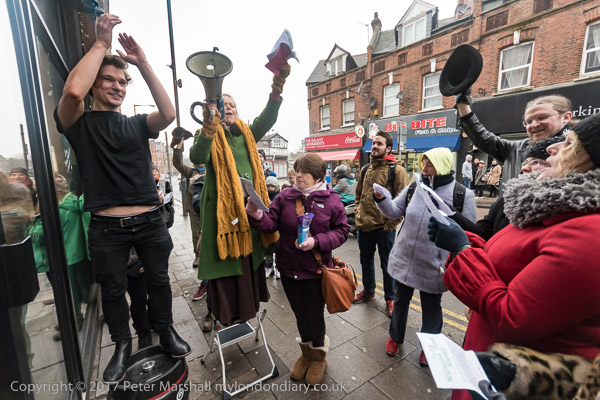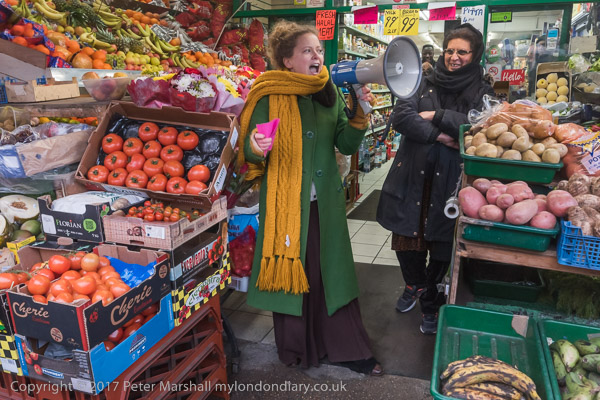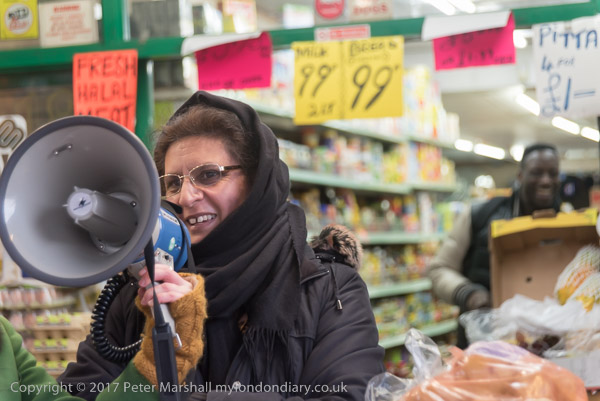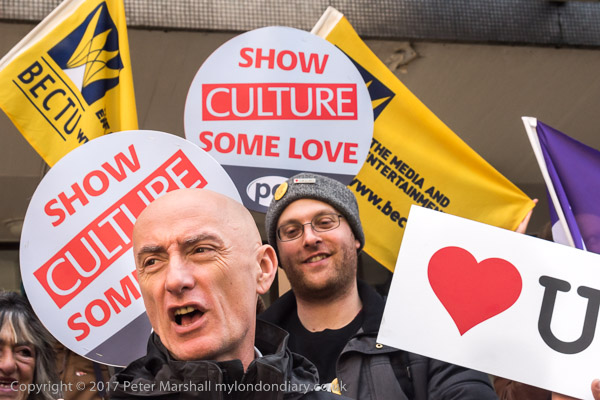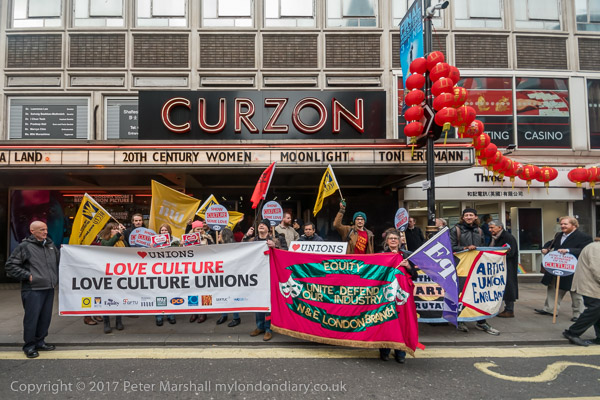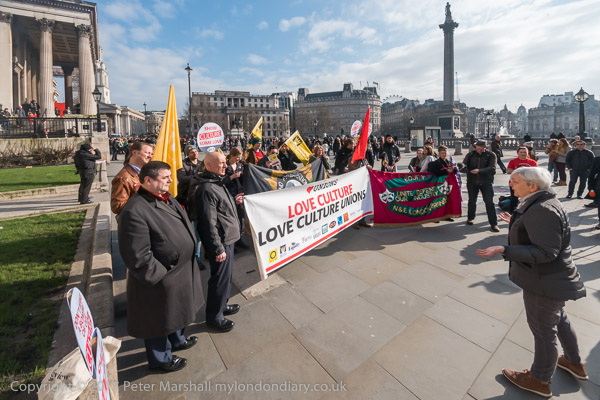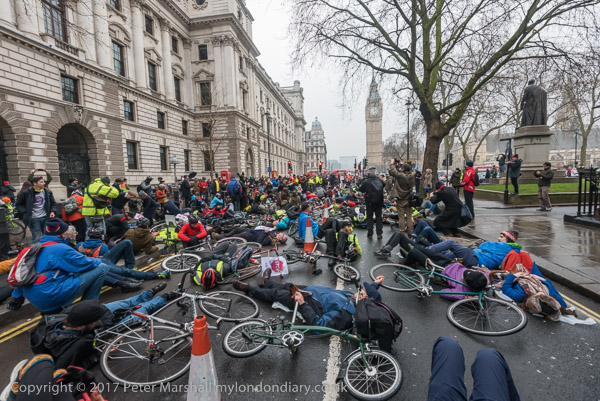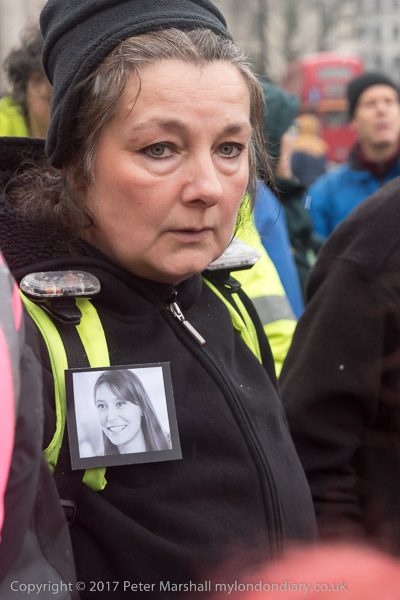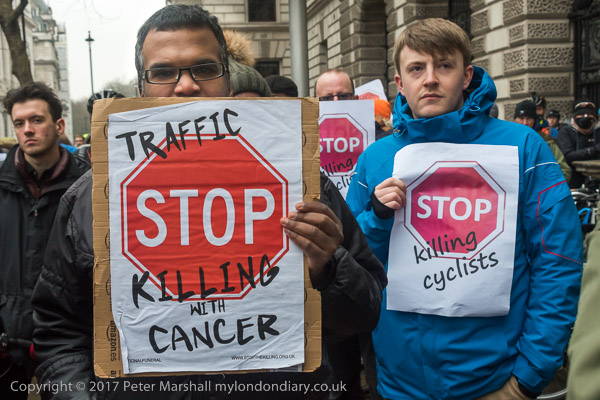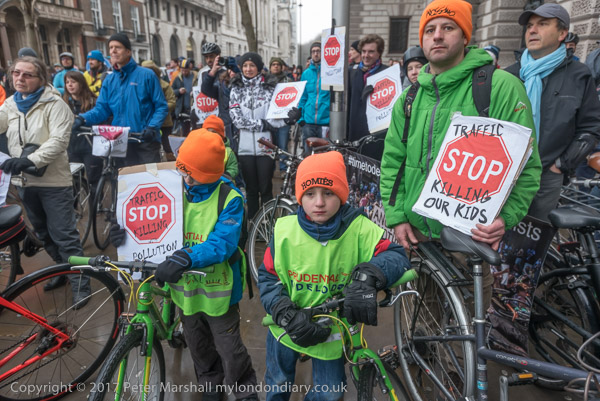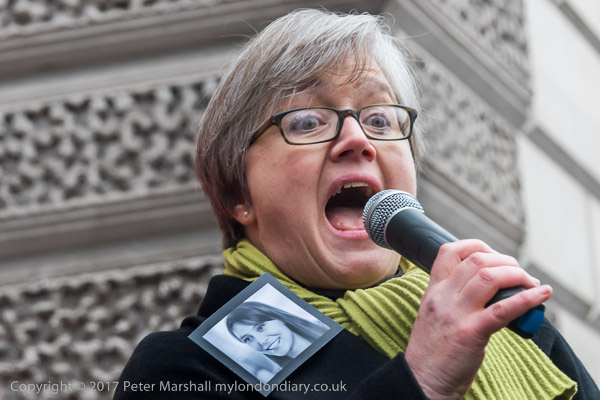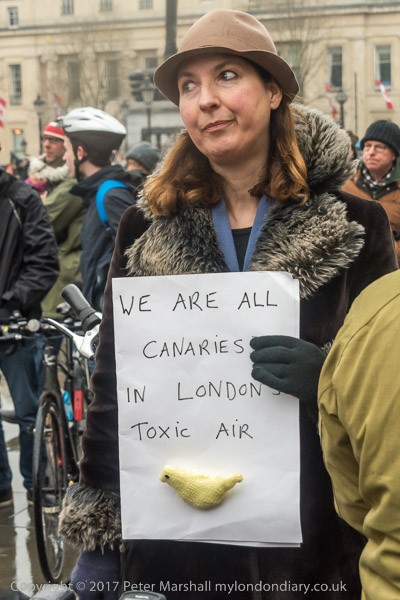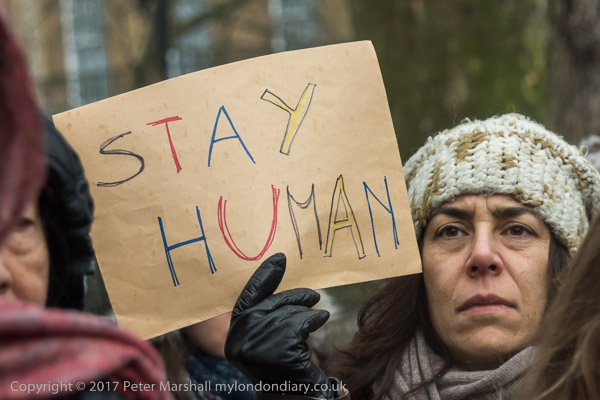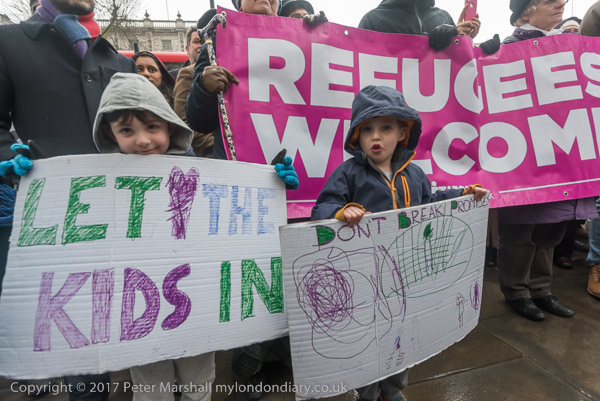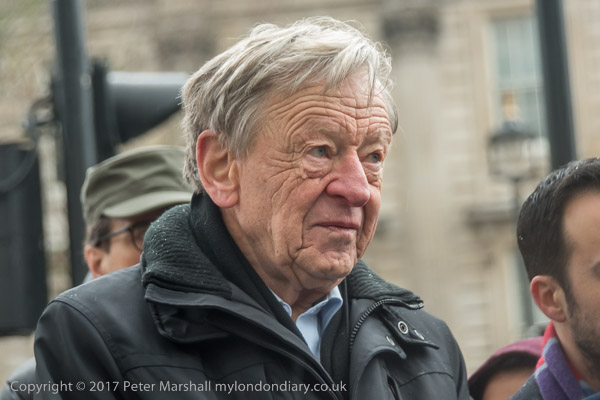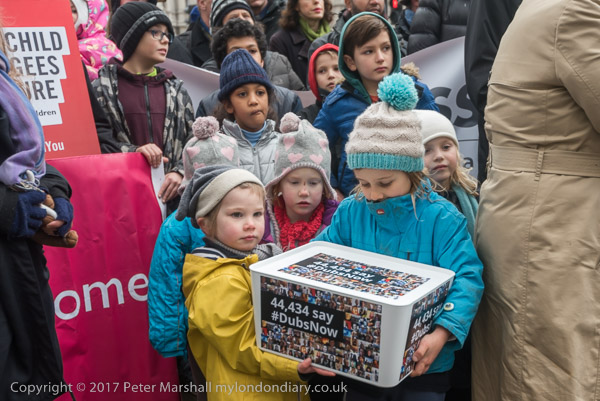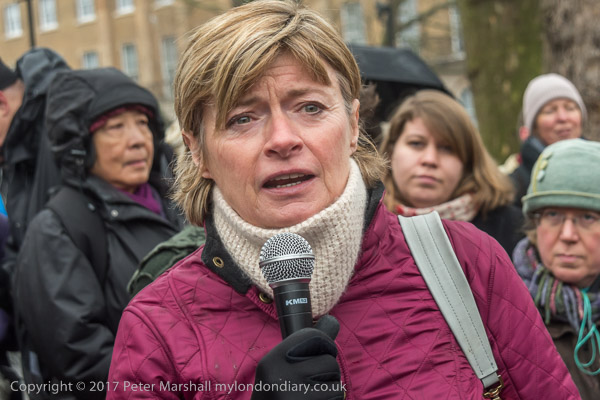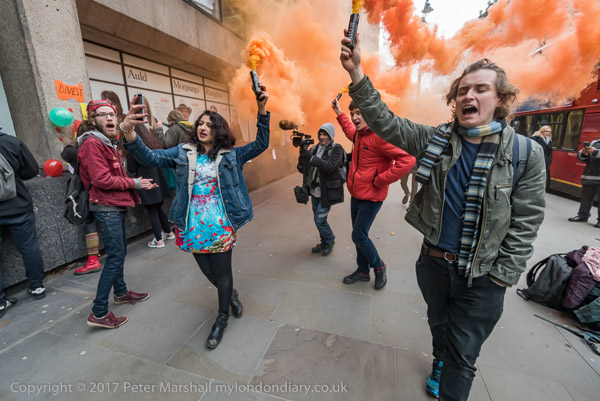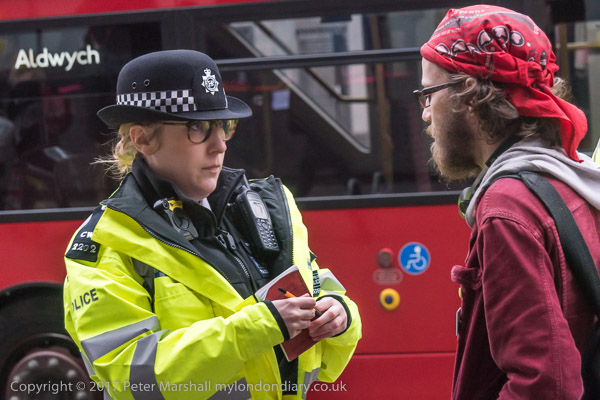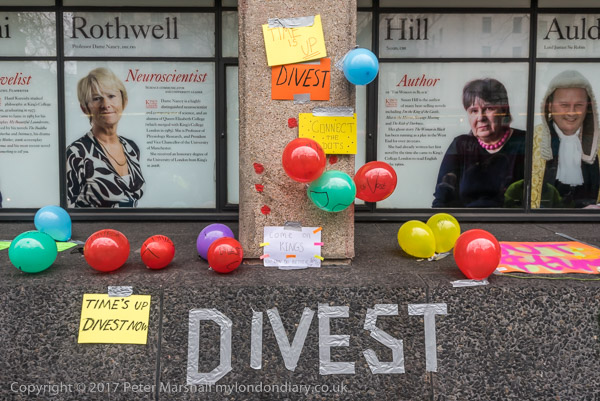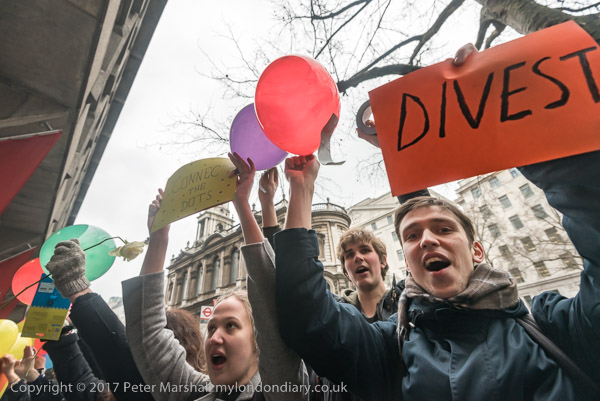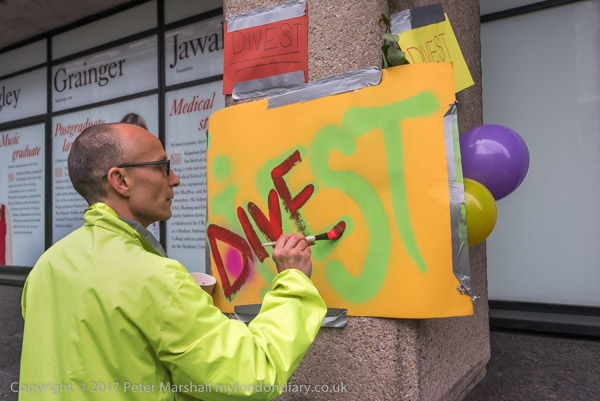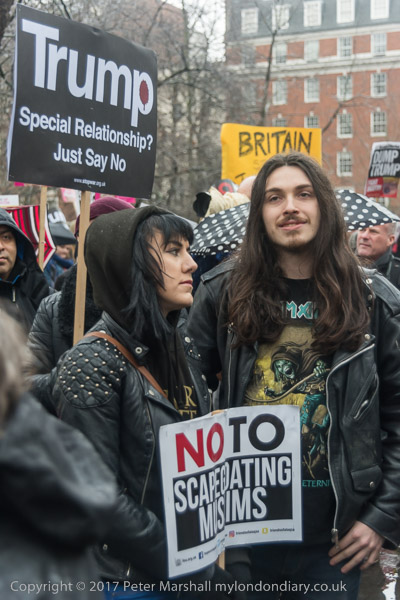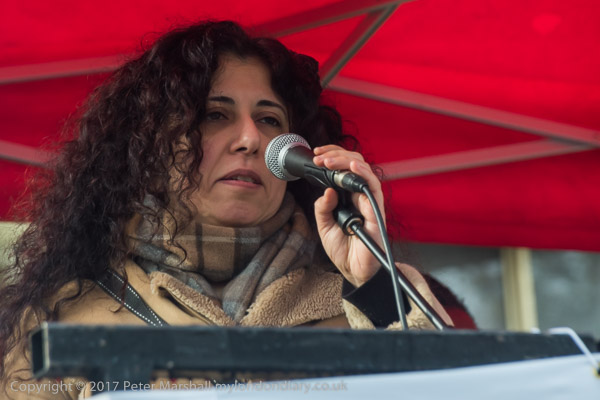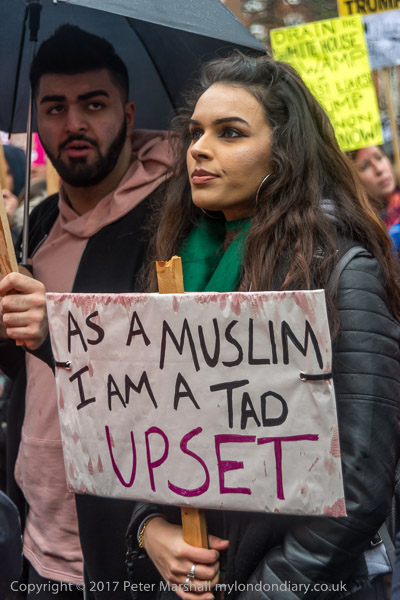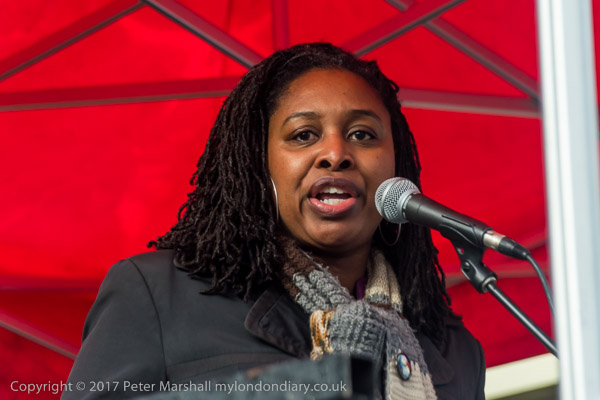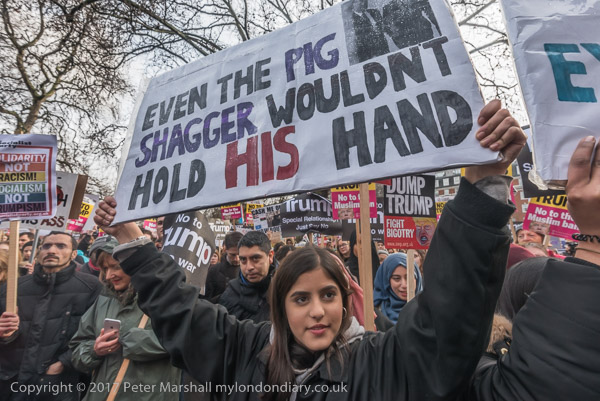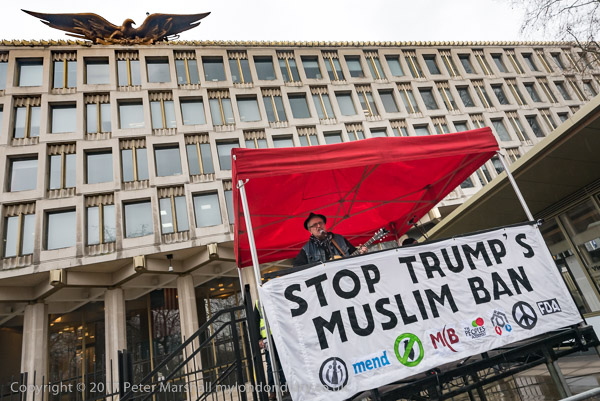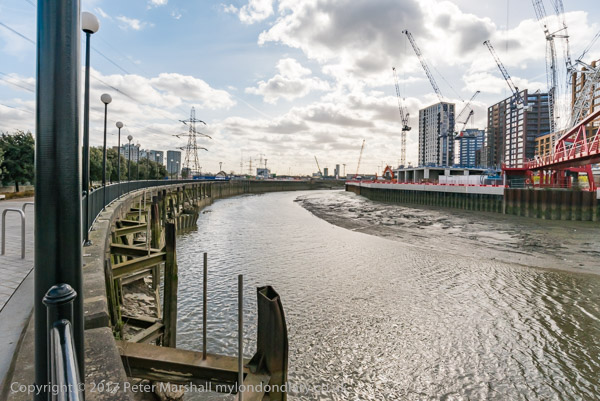
March 2nd I was going to see people at Cody Dock on Bow Creek, but it was such a nice day that I decided to go early and walk there from Canning Town and afterwards to walk to Stratford. Things didn’t turn out quite like that, as the bridge over the DLR I’d hope to walk across was firmly barred and this meant a longish detour.
I’d hope also to be able to walk beside the creek from the East India Dock Rd, where a path exists along much of the way, but again there was no access, and time was getting short, so I had to go back to Canning Town and take the DLR to Star Lane to get to my meeting on time.
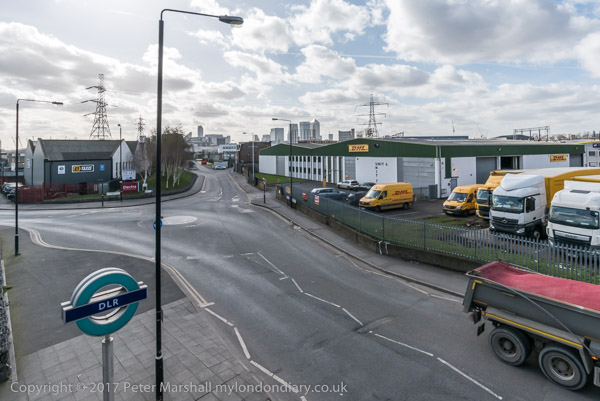
Paths beside Bow Creek seem to pose special problems. There was a path next to Canning Town Station for over 20 years before the access to it from Canning Town was finally opened up, and that closed bridge I wanted to use had been closed for many years too, opening only for a brief period. The walkway from Canning Town still ends a few yards south of the station entrance, but had been planned to take you all the way down to the Thames at Trinity Buoy Wharf, with the aid of a new footbridge. But money ran out, the bridge was never built and Crossrail works still block the path.
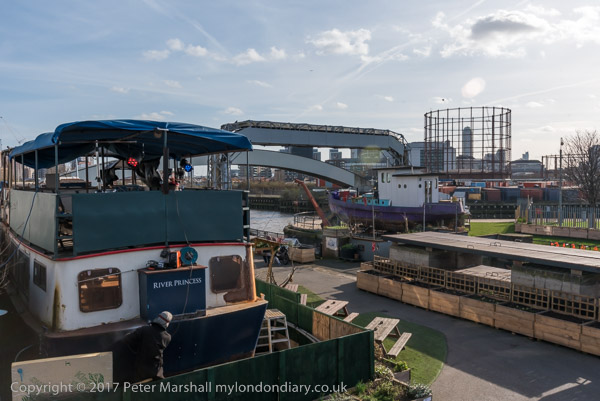
At Cody Dock, the path south is still blocked, though it is already laid out, and it would be possible if rather dangerous to climb around to get onto it. But one of the bonuses of the development of Cody Dock is that it is now possible to walk north from there along what was previously a path that came to a dead end. My route here is a part of East London’s sculpture trail, roughly following the Greenwich Meridian, ‘The Line’, a splendid initiative but which would be a much better walk if it could include a further length of path alongside Bow Creek.
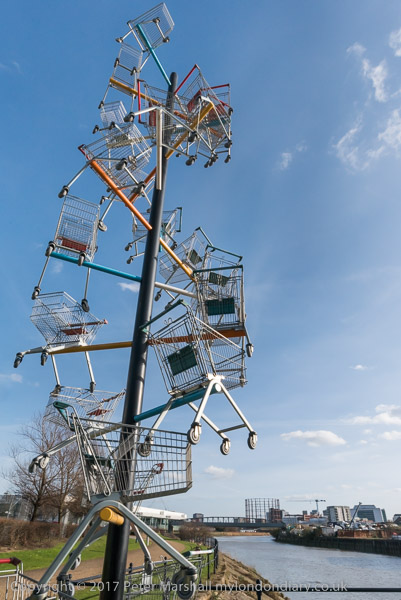
It’s thanks to Cody Dock too, that the path south from there will hopefully soon be open (if it isn’t by the time you read this.) They proposed and helped negotiate this rather more obvious route rather than the much more expensive earlier plans for a new footbridge and a path through the former gasworks site on the opposite bank – which again fell through for lack of cash.
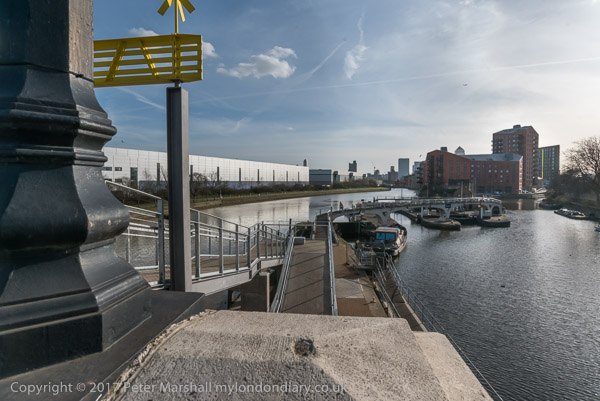
Further north, there was one long awaited improvement now open, with a ramp leading down from the bridge at Twelvetrees Crescent. Previously the route here required a detour alongside the busy approach road to Blackwall Tunnel, where the traffic fumes can be cut with a knife.
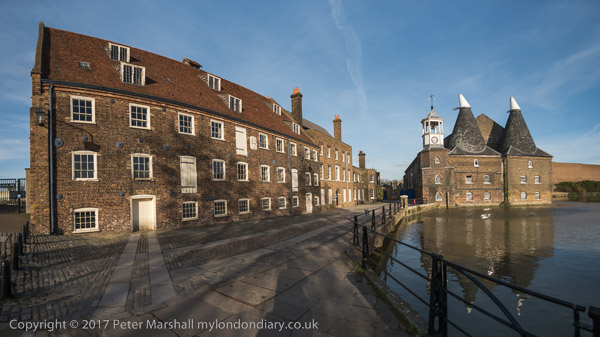
I’m still surprised to come across Londoners who don’t know of London’s most important industrial heritage site at Three Mills. The Grade I listed House mill may only be an eighteenth century building, but a mill here was in operation at the time of the Domesday book and this is not only the earliest recorded example of a tide mill but is thought to be the largest surviving tidal mill in the world. The Three Mills complex is also of some more recent historical import, as it was here in Nicholson’s Distillery that Chaim Weizmann set up a pilot plant for an improved fermentation method to produce acetone, vital for the production of cordite, on an industrial scale.
Weizmann’s contributions to the war effort were important in gaining the support from the UK government for his Zionist proposals, and were almost certainly an important factor behind the Balfour Declaration of 2nd November 1917 – and certainly Lloyd George was clear abou this in his later War Memoirs, though some historians are rather sniffy about it, and there had been lengthy series of meetings and talks before. The final draft of the declaration stated:
“His Majesty’s Government view with favour the establishment in Palestine of a national home for the Jewish people, and will use their best endeavours to facilitate the achievement of this object, it being clearly understood that nothing shall be done which may prejudice the civil and religious rights of existing non-Jewish communities in Palestine, or the rights and political status enjoyed by Jews in any other country.”
Weizmann, who had been a leading Zionist since the era of the first Zionist conference in 1897, became the first President of Israel in 1949, having previously been Chairman of the Provisional State Council of Israel since the previous year, and continued in office until his death in 1952.
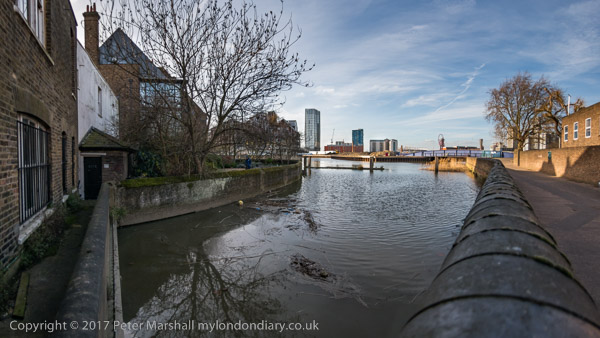
The water was high behind the mill and their were warnings of floods, but fortunately I was able to make my way to Stratford High St without getting my feet wet. I walked down to the Lea Navigation, where I took my first pictures of the Lea many years ago.
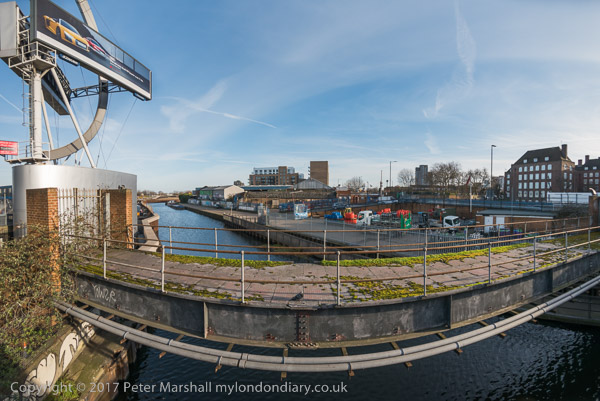
After walking around the area a little, I made my way back along the High St to the DLR station, returning to the East India Dock Road to take some pictures here I had not had time for in the morning. By now the sun was very low in the sky, and this made working difficult.
You can see more pictures from my walks on My London Diary
Bow Creek & Canning Town
Cody Dock
Leawalk to Bow Locks
Three Mills & Stratford
